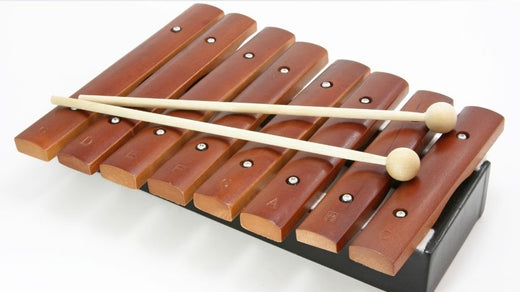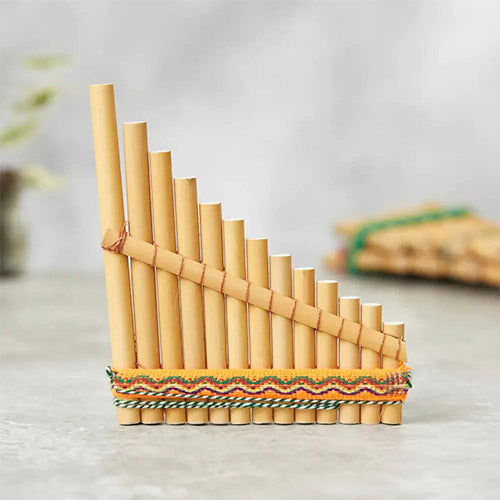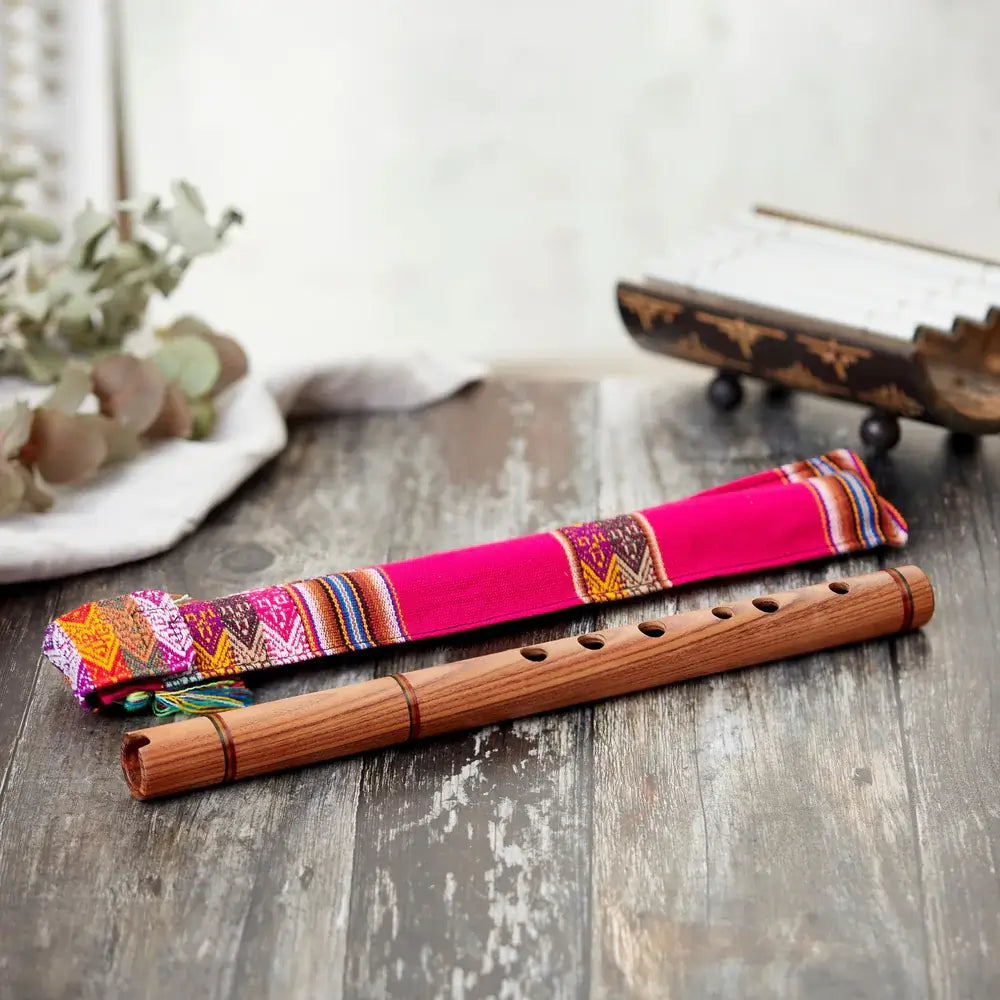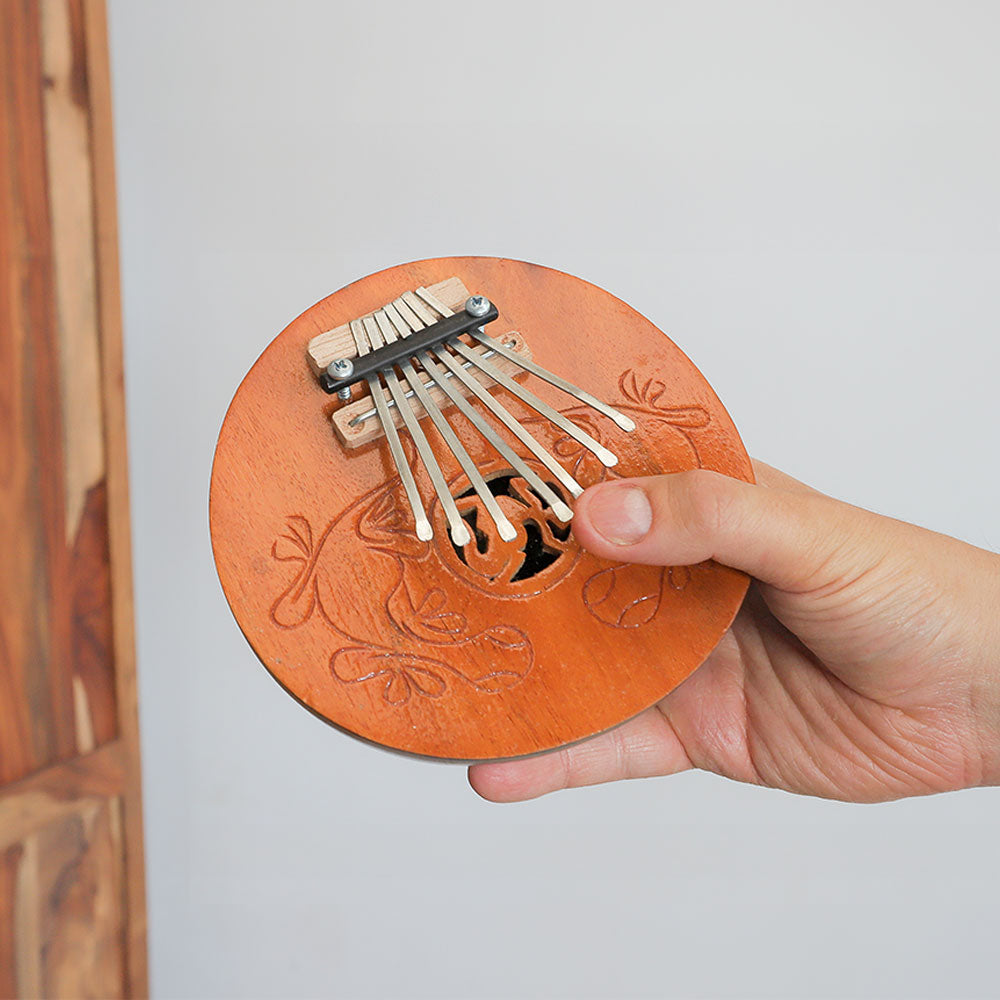The xylophone's wooden bars and resonant tones have always captivated me. Whether an experienced musician or a beginner, this instrument offers a fun way to explore self-expression. In this guide, I'll share tips to help you understand the xylophone's structure and learn melodic creation techniques. Let's get started!
How to Properly Hold and Strike the Mallets

Learning the Basics of Notes and Scales
The best way to start is by looking at the layout of the bars and seeing where each note is. This will help you to learn the basics, which will help you when you start to play. The scale structure of the xylophone is a great choice for beginners as it will allow you to learn music theory in an easy way, as this is not a complex instrument. It's a good idea to start with the C major scale. Play each note, and this will help you when you begin to blend them with a melody.
Explore other major and minor scales as you advance to navigate the xylophone's range confidently. Incorporate exercises on intervals, arpeggios, and chord progressions to enhance your understanding of music theory and its application to the xylophone. If you learn the basics first, this will set you on the right path. It will allow you to advance and play using other techniques in the future.
Learning Hand-Eye Coordination
Strong hand-eye coordination is crucial for learning the xylophone, allowing you to play melodies and rhythms accurately. The best way to develop your playing skills is by playing a single note to start with. Do this a number of times to get used to how to use the mallet and have the correct hand position on the bars. As you progress, you will be able to do more complex patterns and use more notes.
The best way to get comfortable with how the notes are situated on the xylophone is by holding the mallet and then moving your hand around to get used to it. By doing this, you will be able to develop good coordination with hand placement and the notes. If you play different rhythms, it will help you gain confidence, and soon you will build up the memory of how to locate the notes.
A technique that many learners use is to make a recording of their sessions so that they can listen back to the track and see if there are any areas where they can improve. It will help you to see your strong points and also your weak ones. This will allow you to spend time building up your skills in the areas where you are failing, and for you to improve.
Techniques for Playing Various Rhythms and Tempos

The xylophone's versatility goes beyond melodies; it offers many rhythmic possibilities. A good way to start is by sticking to easy rhythms that you can easily play on the instrument. From here, you can start to build and play more complex rhythms, but having a good foundation first is key. To bring more texture into the music, you can alternate your hands or use the same hand to hit a note that is nearby. Using different speeds is another good way to learn this instrument, as you can go fast or slow to create different tempos. This will also help you with timings and will help you build your skill set.
Popular Songs and Melodies for Practice
One of the joys of learning the xylophone is its endless possibilities in exploring a wide range of songs and melodies, from classic compositions to contemporary hits. To build confidence, start with simple pieces like "Mary Had a Little Lamb." As you improve, tackle more complex works, such as Pachelbel's "Canon in D" or Beethoven's "Ode to Joy."
If you would prefer to play something current, songs such as "Despacito" or "Believer" would be a good choice. This highlights the use of the xylophone in modern-day music and showcases how it can be used in a variety of genres. This can help to motivate you through your learning experience.
Tips for Enhancing Your Skills









